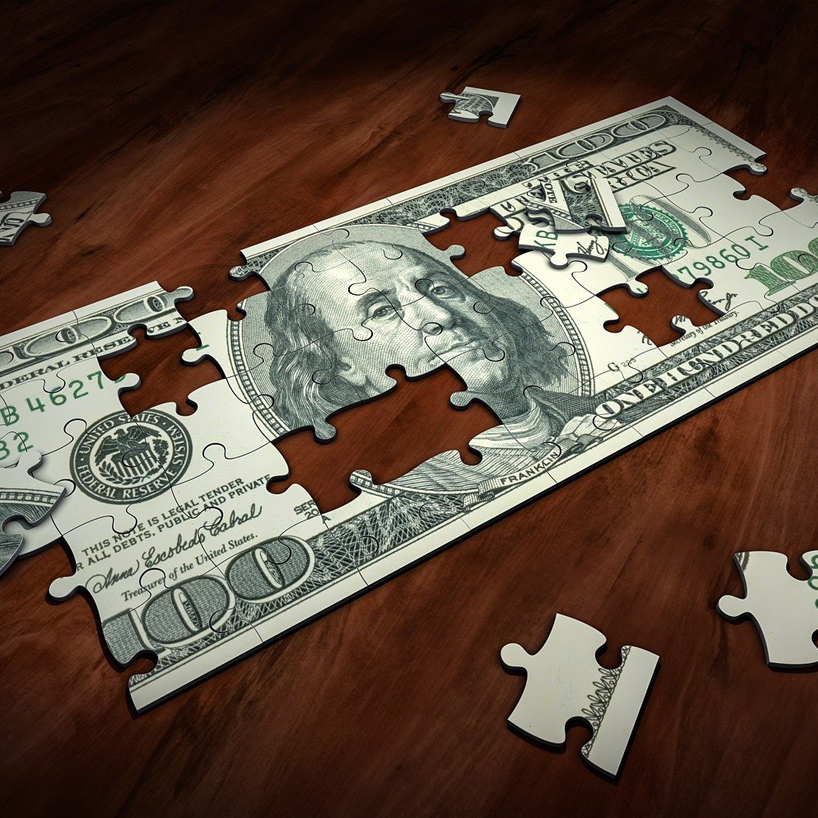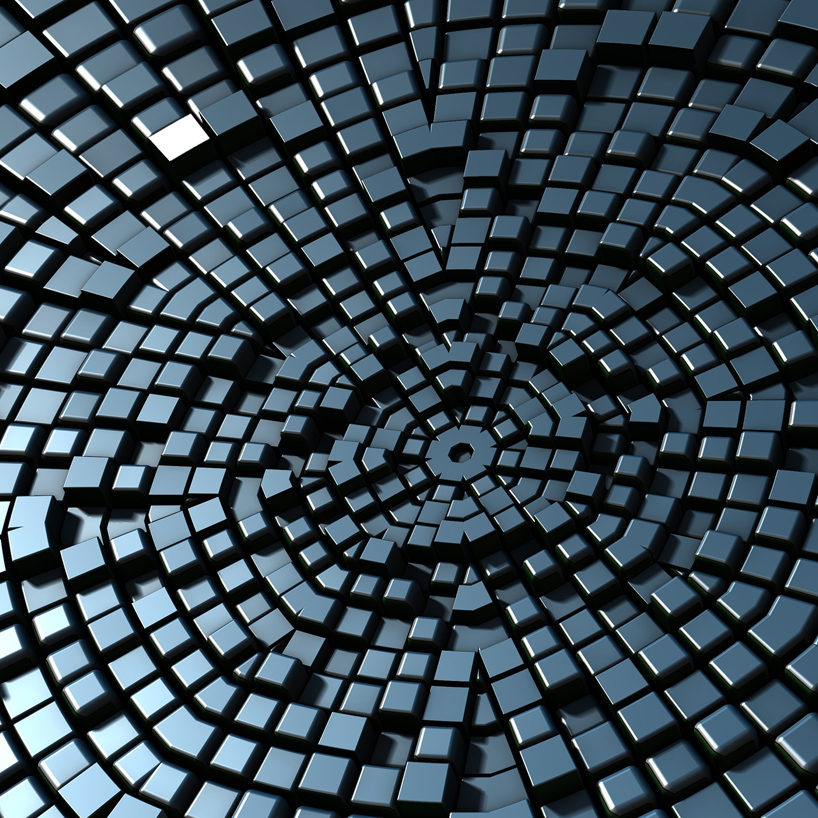A Short Guide To Non-Fungible Tokens (NFTs)
Admin
Jun 21, 2021

The NFT market has grown at an astronomical rate in the past year, and the future seems bright as an increasing number of players make an entry into the landscape. The question to ask oneself is why are NFTs gaining more attention day by day? Here is a short guide to non-fungible tokens to help you gain a solid overview of what they’re all about…
Definition of Non-Fungible Tokens
So, what exactly are NFTs? By definition, non-fungible tokens are unique digital assets that cannot be duplicated nor divided. IE. Only one person can have ownership rights of a given non-fungible token at a given time. Fiat currencies such as Euros and Dollars are fungible because it is possible to exchange them on a like-for-like basis between different parties in the market.
As per the Oxford dictionary, the term “fungible” means to be “replaceable by another identical item; mutually interchangeable.” If you have one paper US Dollar in your hand, and I have one paper US Dollar in my hand, we could swap it out without any cause for concern, as they are identical - it doesn’t matter which is which because it is, in essence, the exact same item.
If something is “non fungible” however, it means there is nothing else that is interchangeable for it. It is entirely unique. A “non fungible token” is a cryptographically secured digital token that is entirely unique, and unlike anything available anywhere, be it the metaverse or real world.
NFTs should not be confused with cryptocurrency, even though both are programmed using the same cryptographic algorithms. A cryptocurrency is a fungible digital currency meaning the owner can divide it into small units, trade it off or exchange it like for like (ie. My one Bitcoin is exactly the same as your one Bitcoin - but my non-fungible token is entirely different to your non-fungible token and therefore has a different value).
NFTs live on cryptographically secured blockchains such as Ethereum, Binance Smart Chain, Polkadot, Algorand, EOS and numerous others.
How a Non-Fungible Token Works
An intangible (such as a digital GIF) or tangible (such as a Michaelangelo sculpture) asset is assigned a unique cryptographic signature on a blockchain. This unique signature is transferable to other wallets on the blockchain in question, and can only be transferred by the owner of the private keys of that specific wallet. This is how creators of NFTs make their returns: By putting their assets (tangible or intangible) up for sale on NFT marketplaces such as Opensea, RMRK Singular, Rarible, among numerous others.
The transaction whereby the NFT is transferred to the new owner is recorded in the blockchain, and thus the asset can be traced back to original creation (or “minting”) and the authenticity of the asset can be verified. In some cases, the artist can program into the contract of the NFT’s signature, that they receive a percentage of each transaction of their artwork as a royalty. This is a revolutionary opportunity for artists, who often times in the past did not enjoy the heights of their fame in their own lifetimes: Think of Vincent Van Gogh who was financially supported by his brother, but his art was being resold later in his later life for hundreds of thousands of dollars, and of course now is worth millions.
Not all artists choose this form of royalty contract coded into their NFTS however, and it is entirely up to each individual when they mint their NFT.
Coming back to the unique signature encrypted into the blockchain... It is this unique signature that gives the asset its value: This feature of ensuring there is only one unique signature is what makes NFTs valuable. Replicated NFT art has little to no value.
Why a Blockchain is Needed
As many of you would know, a blockchain is a distributed ledger system that simultaneously records and stores information and transactions in a network of computers across the world in the form of ‘blocks’. This is a decentralised system, unlike most websites on the internet where data is kept at a central point.
Why blockchains provide the perfect use-case for non-fungible tokens:
• Data cannot be manipulated once it is recorded.
• Enhanced security. This decentralised system is end-to-end encrypted preventing unauthorised transfer, hacking, and fraud.
• Automation. This is made possible via smart contracts: Contracts that automatically initiate the next step in a transaction after certain conditions are met. This reduces time loss and human or third-party error.
• Transparency. Transactions done and information stored on this system are open for all parties with permissioned access to view because the same information is recorded in multiple linked locations.
• Instant Traceability. Thanks to the transparency of many open blockchains, transactions can easily be proven due to the trail of information left behind.
• More efficiency and speed. Transactions in this public ledger system are not paper-heavy. This reduces human errors and time consumption.
Conclusion
Developers and investors are flocking to smart contract blockchains because of their use by NFT creators: Ethereum, Binance Smart Chain, Cardano, Algorand, and Polkadot among numerous others are all experiencing significant growth as NFTs grow in popularity.
As mentioned, creators are minting numerous forms of “NFTs” on these platforms, from GIFs to digital images, videos, tweets, real-world art, and even tangible historic artefacts as highlighted by PO8, a software company in the Bahamas assigning digital signatures to recovered artefacts from centuries-old shipwrecks.
A great example of a valuable NFT was the tokenisation of the first tweet ever made by Jack Dorsey when he launched Twitter back in 2006. The tweet was minted as an NFT in early 2021 and sold to a businessman in Malaysia for $2.9 million worth of Ethereum.
NFTs are another example of why blockchain technology is so powerful and provides so much opportunity in a world that is becoming increasingly digital. We’ll keep you posted on important developments in the NFT space as it grows and matures… in addition to perhaps an NFT marketplace of our own!
Stay tuned to our social media channels for updates.




